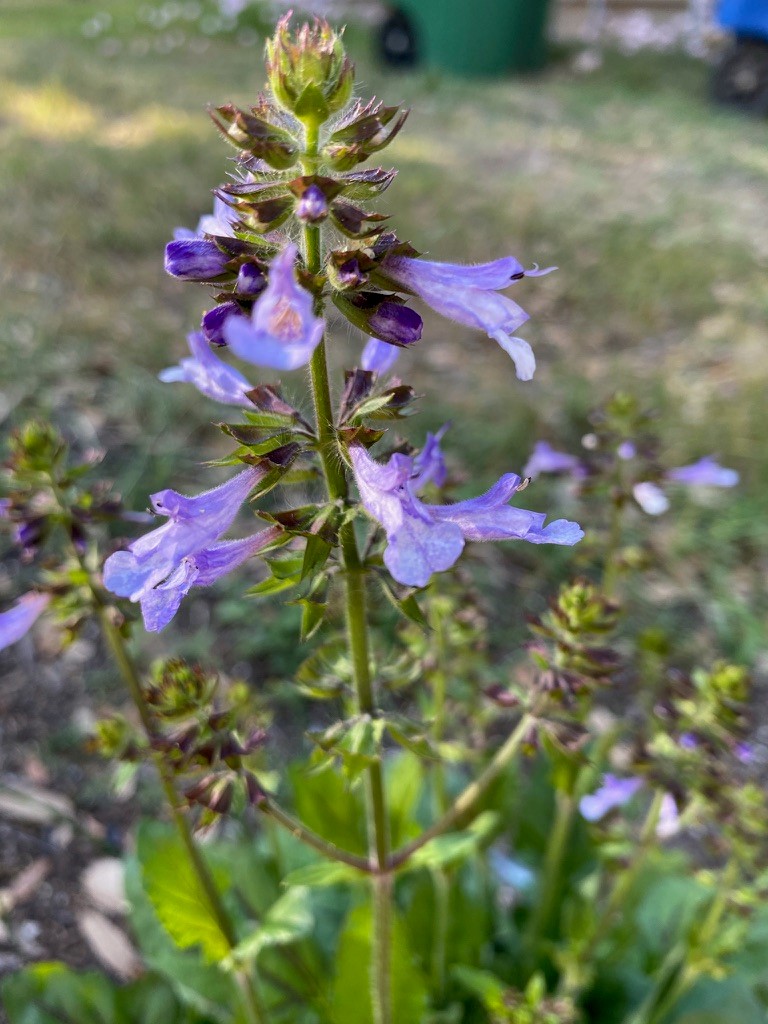By Bill Swantner, Bexar County Master Gardener
May 2023
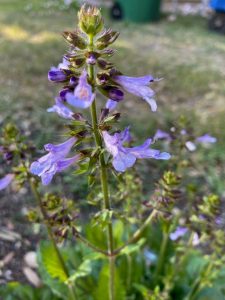
More than 71% of the earth is covered in water but less than 1% is available for irrigation and drinking. Experts estimate that, within the next decade, 700 million people will be displaced by drought.
The recent atmospheric rivers left over 13 inches of rain in downtown San Francisco, yet 95% of California’s recent deluge went out to sea. In a “typical” year, San Antonio averages 32 inches of rain, but in 2022 we received only a third (11 inches). In that same year, 50,000 people moved into our region, placing additional demands on our water supply.
The San Antonio Water System is literally squeezing every drop of water possible out of our water resources, but we need to do our part by efficiently using every drop of water. Practices that we can adopt include: amending the soil, selecting correct plants and placing them in the right location, collecting rainwater, and using drip irrigation. In short, we need to appreciate and conserve this critical resource.
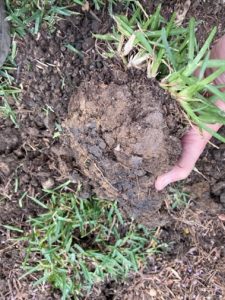
SOIL. Our clay soil does not use water efficiently. By nature, clay soil absorbs water slowly. In a heavy rain most of the water runs off. When watering lawns, the best approach is to water any given area for 15 minutes, allow the water to slowly filter down, and then water again. Our soil also needs to be amended with compost so that the soil can more efficiently manage rainwater and supplemental water.

PLANTS. Some plants grow in our climate better than others, and these preferred plants need to be planted in the correct location. Plants labeled as “well adapted” or “native” and Texas Superstar® have adapted to our heat and water limitations. Plants requiring full sun will struggle in shade and plants requiring shade will wilt in our heat. To maximize water efficiency, consider grouping plants by watering needs. This is called,” hydro-zoning.” For example, vegetables would be grouped in the same planting area.
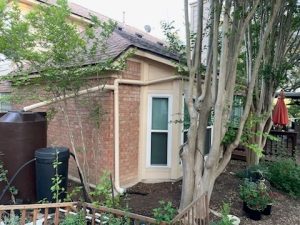
COLLECTING RAIN WATER. There are two ways to collect rainwater. One is to build a rain capture garden and the other is to capture rainwater from the roof of a building. A rain capture garden is a depression in the ground that collects rainfall so that it can filter back into the aquifer.
Collecting rain water is called rain water harvesting and is as simple as a cistern collecting water from the roof through a gutter. The water is stored in a rain barrel until needed. Theoretically, 12 billion gallons of water could be collected from San Antonio roofs every year.
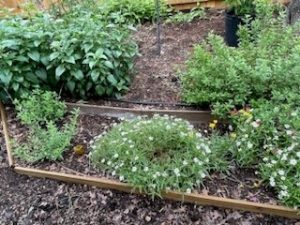
DRIP IRRIGATION. Drip irrigation has a couple of advantages. Drip irrigation does not have the rate of evaporation that a sprinkler has and it targets the plants not the weeds. Drip irrigation can be connected to the city water supply or a rainwater barrel. In addition, drip irrigation can be modified to accommodate a variety of plants’ watering needs. A single drip system can provide three gallons of water to a thirsty plant but one-half gallon to another.
Water is the source of life and is essential to sustain it. We are in a partnership with nature. Rainfall and rivers are sources of water for our use and, through smart gardening practices, we should wisely use it and return it to the earth.
All photos by author

